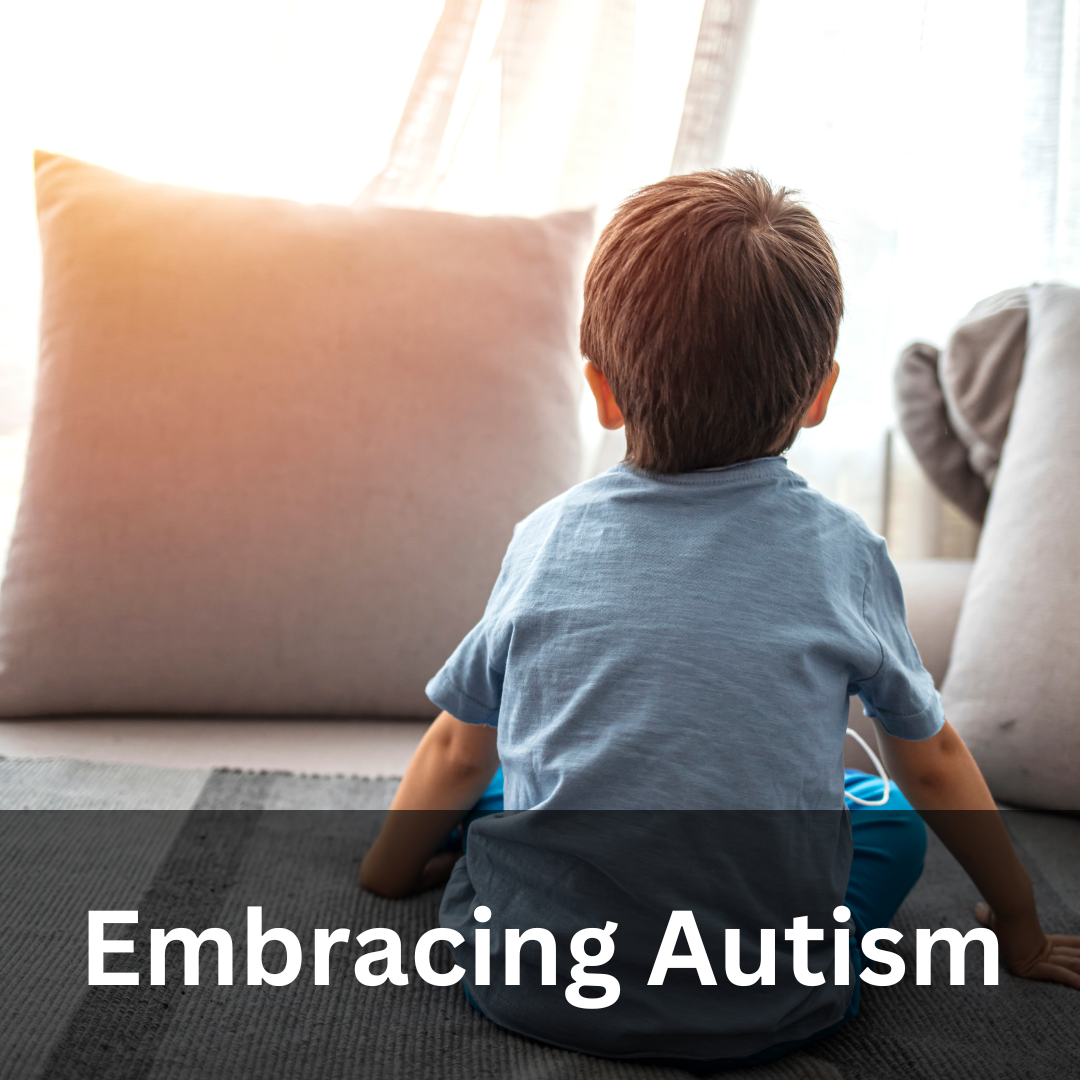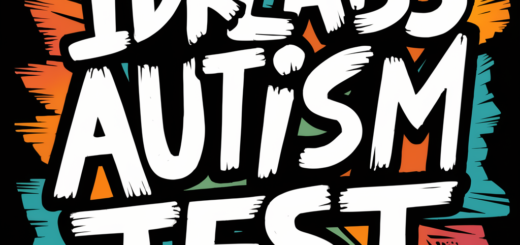Embracing Autism: Understanding and Celebrating Differences

Autism is a neurodevelopmental disorder that affects millions of people worldwide. Differences in social interaction, communication, and behavior characterize it. While these differences can make life challenging for individuals with Autism, they also bring unique strengths and perspectives that can enrich our communities. In this post, we will explore why it is important to embrace Autism and how we can do so in our daily lives.
Is Embrace Autism Legit?
The concept of embracing Autism has gained popularity in recent years as a way to promote acceptance and understanding of the autism community. However, some may question whether the movement is legitimate or just a trend. To answer this question, it is important to understand the science behind Autism. Autistic individuals have unique cognitive processes and brain structures responsible for their differences in behavior and social interaction [1]. These differences should not be seen as a deficiency but rather as a different way of experiencing the world. Embracing Autism means acknowledging and valuing these differences, which is crucial in promoting inclusion and acceptance.
Is Embrace Autism Reliable?
The embrace autism movement has been met with support from numerous organizations and individuals in the autism community. For example, Autism Speaks, a leading autism advocacy organization, has endorsed embracing Autism and provides resources to help individuals and families understand and support individuals with autism [2]. Additionally, many autistic individuals and their families have reported positive experiences embracing Autism, which has helped promote a greater understanding of the condition and increased support for those affected [3].
How to Embrace Autism
Embracing Autism is about creating a more inclusive and understanding world for individuals with Autism. Here are some ways to do this in your daily life:
- Learn about Autism. Take the time to understand what Autism is, how it affects individuals, and the strengths and challenges of the condition.
- Support the autism community. Get involved in local events, support organizations that serve the autism community, and use your voice to advocate for inclusion and acceptance.
- Celebrate differences. Recognize that everyone is unique and has something valuable to contribute. Seek opportunities to learn from individuals with Autism and celebrate their strengths and perspectives.
- Be an ally. Stand up against bullying, discrimination, and negative stereotypes associated with Autism. Be an advocate for inclusion and respect for all individuals.
By embracing Autism, we can work together to create a more inclusive and understanding world for individuals with Autism. By learning about Autism, supporting the autism community, celebrating differences, and being an ally, we can help to promote acceptance, respect, and inclusiveness for all individuals, regardless of their differences.
Growing up with Autism was challenging. I often felt misunderstood and alone. But I was fortunate to have a supportive family and friends who helped me to navigate the social and communication difficulties that come with Autism. I learned to embrace my differences and to see them as strengths. Today, I am a successful software engineer and I am passionate about advocating for the Autism community. I want to help others to understand and celebrate Autism, and to create a more inclusive world for individuals with Autism.
John, 25
My son was diagnosed with Autism when he was three years old. It was a difficult time for our family, but we were determined to give him the best possible life. We learned everything we could about Autism and we worked with his teachers and therapists to develop a plan to help him learn and grow. Today, my son is a happy and thriving young man. He is a talented artist and he loves to spend time with his family and friends. We are so grateful for the progress he has made, and we are proud of the person he has become.
Mary, mother of a 16-year-old with AutismI met my friend Sarah when we were in kindergarten. We quickly became friends, and I soon realized that she saw the world in a different way than I did. She was more interested in patterns and details than in social interactions. But I loved her for her unique perspective and her kind heart. Over the years, I have learned a lot from Sarah about Autism. I have learned to be more patient and understanding, and I have learned to appreciate the beauty of diversity. I am grateful to have Sarah in my life, and I am proud to be her friend.
Jessica, friend of a 20-year-old with Autism
In conclusion, embracing Autism is not just about acknowledging the unique strengths and perspectives of individuals with Autism. Still, it is also about creating a more inclusive and supportive world. By embracing Autism, we can work together to build a better future where everyone is valued and accepted for who they are.
References:
[1] Minshew, N. J., & Williams, D. L. (2007). The new neurobiology of Autism: cortex, connectivity, and neuronal organization. Archives of Neurology, 64(7), 945-950.
[2] Autism Speaks. (n.d.). About Autism. Retrieved from https://www.autismspeaks.org/what-autism [
3] National Autistic Society. (n.d.). Embracing Autism. Retrieved from https://www.autism.org.uk/about/what-is/embracing.


